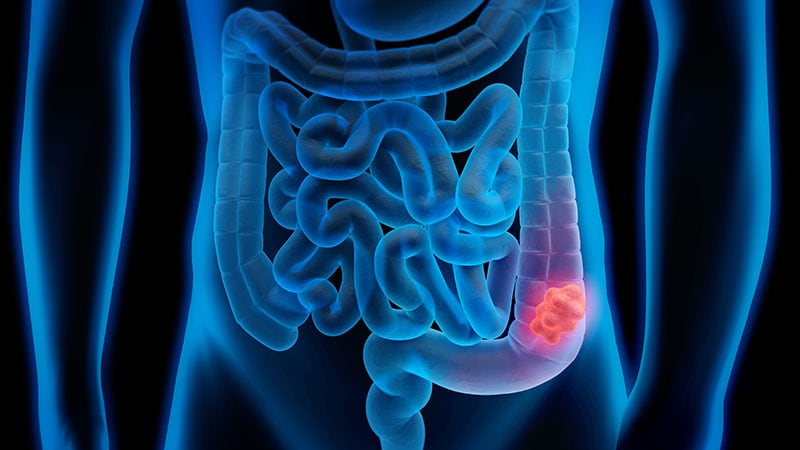
Contrary to expectations, the risk of COVID-19 infection among hospital staff at the height of the coronavirus pandemic was lowest among intensive care clinicians and highest among hospital cleaners, reveals a study of staff testing at University Hospitals Birmingham NHS Foundation Trust (UHBFT).
The hospital offered to test staff with no COVID-19 symptoms for both current (throat and nose swabs to detect antigen) and previous (blood test to detect antibodies) infection. Within 20 hours, 545 staff had signed up to take part in the study.
All the staff were at work over the course of 24 hours between 24 and 25 April 2020. They were asked to report any illnesses consistent with COVID-19 that they had had in the previous four months.
Nearly 2.5 per cent (13 out of 545) of staff with no symptoms tested positive for SARS-CoV-2. Of these, 38 per cent (five members) subsequently developed COVID-19 symptoms.
One in four (26%) of the 516 for whom serum samples were available said they had previously had symptoms consistent with COVID-19 infection. Staff with previous symptoms were significantly more likely to have antibodies and had higher levels of antibodies.
The overall prevalence of seroprevalence was 24 per cent, which compares to 6 per cent in the general population.
Cleaners had the highest seroprevalence (34.5%), followed by clinicians working in acute medicine (33%) or general internal medicine (30%). The lowest seroprevalence was found among staff working in intensive care medicine (15%), emergency medicine (13%) and general surgery (13%).
The study authors suggest the type of personal protective equipment (PPE) worn may be key to these differences. Intensive care units were designated high-risk environments, and the use of enhanced PPE including class 3 filtered face piece respirators were mandated. In contrast, fluid-resistant surgical masks were recommended in other clinical areas.
There was also an ethnic divide: workers of BAME backgrounds were nearly twice as likely to have already had the infection as their white colleagues.
The authors say the data support the assessment of widespread health care worker testing during future waves of a pandemic.


